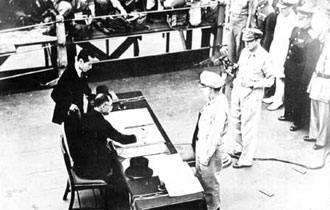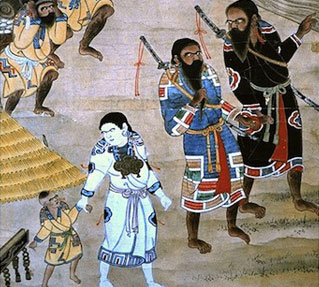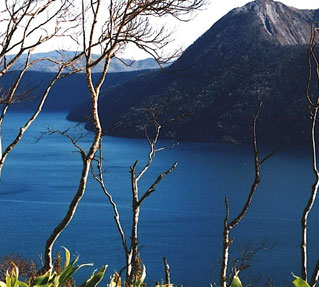Pages |
Hakodate, Osaka, Edo (Tsukiji), and Niigata—the failed ports
Located in at the southern tip of Hokkaidō, Hakodate is located on the Tsugaru Straits. Although it never came even close to the other ports as a source of exports, it was nevertheless an important as a way station for ships to take on provisions because it was a direct route to the Amur River region and near prime whaling waters. For a time large numbers of Russians were stationed there but it never became a major port or an important foreign settlement. After whaling and fur trade decreased in significance, Hakodate declined in significance. It was so far off the map that in 1880 European and American life insurance companies refused to insure residents there.[iii]
Osaka was hampered by its proximity to Kobe. Because it opened a year later, merchants did not want to establish new warehouses and residences in such close proximity. It also had sandbars in the harbor that were prohibitive for oceangoing vessels. Because foreign presence was minor, it was folded into a single consular district with Kobe. Osaka was nevertheless an important manufacturing center that supplied the port of Kobe.
Tsukiji in Tokyo is today known as the location of the fish market, but that only happened in 1923, after the old fish market in Nihonbashi was destroyed in the Great Kantō Earthquake. But in 1869 it opened as the foreign settlement in Edo. Built on reclaimed land, it was separated from the city by a canal. The settlement only lasted twenty years, until 1889, when it was reincorporated into Tokyo. It was never that popular with foreigners because they were allowed to live in other parts of the city and those that desired Western society lived in Yokohama. The American legation did not even move there until 1874, on the site of what is now St. Luke’s International Hospital. After the concession was incorporated into Tokyo, the legation moved to the present embassy location, in 1890. A total of ten other legations also established residences there, but otherwise the population of Tsukiji was primarily restricted to missionaries and teachers. A number of Christian universities began there, like Rikkyō and Aoyama Gakuin, both of which are now in other parts of the city. Tsukiji never had commercial success because the harbor was not deep enough for large seagoing vessels, and the nearest roadstead was too far out. Moreover, the proximity of Yokohama made it somewhat superfluous. The other famous landmark of Tsukiji during the time of the foreign settlement was the Hoterukan—the first foreign-style hotel in Tokyo.
Pages |











